Xiaomi 12T Pro hands-on: Everything you want in a flagship except for the price


The Xiaomi 12T Pro is a high-end smartphone with a 200 MP camera lens, a Snapdragon 8+ Gen 1 SoC, a big 5,000 mAh battery, and 120 W fast charging. In this hands-on, I share my first impressions of this affordable flagship that costs less than $800.
The Xiaomi 12T Pro in a nutshell
The Xiaomi 12T Pro was unveiled on October 4, 2022 and is now available for pre-order with an official release being slated for October 13, where it will carry a sticker price tag of $799. The smartphone comes in a single memory configuration of 8 GB RAM/256 GB storage, narrowing down the options for you.
We are in the middle of the flagships season where smartphones easily surpass the $1,000 mark with the Galaxy Z Fold 4 and Galaxy Z Flip 4 from Samsung, the iPhone 14 (Plus) and iPhone 14 Pro (Max) from Apple, and soon, the Pixel 7 and Pixel 7 Pro from Google. Between all these overpriced models, Xiaomi allows itself to slip in a model which is admittedly expensive, but definitely more affordable than the ones mentioned earlier.
The Xiaomi 12T Pro is almost completely identical to the Xiaomi 12T that my colleague Matt checked out. The major highlight of the Xiaomi 12T Pro, compared to the base model, is supposed to be the photo quality with that famous 200 MP primary lens.

Design
The Xiaomi 12T Pro has exactly the same design as the Xiaomi 12T. However, the very nice finish cleverly disguises the cheaper materials used, not something that you would expect in this price range.
What I liked:
- The very premium finish.
- Beautiful matte black color.
What I disliked:
- No IP rating.
- Plastic frame.
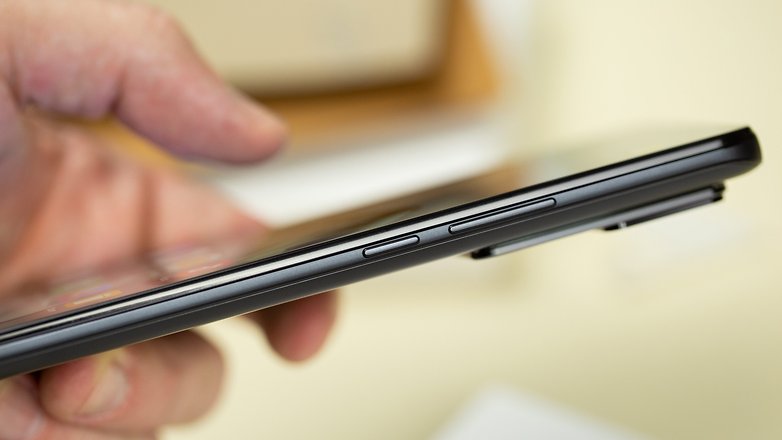
The Xiaomi 12T Pro comes in three colors: Blue, Silver, and Black. I received the black version for my review, where the matte coating is really classy and pleasant to the touch. The camera module is arranged in a rectangular island that is aligned vertically on the top left and stands out quite a bit in relief.
The chassis of the Xiaomi 12T Pro is made of plastic and frankly, that is somewhat a disappointment for an $800 smartphone. At least the manufacturer applied a metallic coating that attempts to hide this miserable fact somewhat.
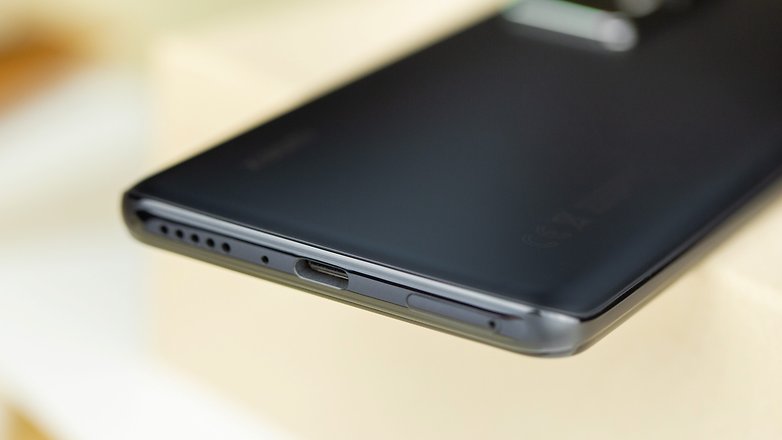
As for the screen, it is flat and completely bezel-less, pierced with a punch-hole located at the center on top in front. Its rounded corners give a fairly good grip. Still, we maintain that this is a large smartphone with dimensions measuring 163.1mm x 75.9mm x 8.6 mm while tipping the scales at a massive 205 grams. Corning Gorilla Glass 5 is also used at the front and back of the smartphone for added protection.
The smartphone offers dual SIM and eSIM support but does not allow one to expand storage via microSD. We don't get a 3.5mm jack either or an IP rating for water and dust resistance. Finally, the Xiaomi 12T Pro comes with two stereo speakers signed by Harman Kardon and is compatible with Dolby Atmos.
Screen
The Xiaomi 12T Pro features a 6.67-inch AMOLED display with a 2712 x 1220p resolution that is HDR10+ compatible, armed with a refresh rate of 120Hz, a maximum brightness of 900 nits (HBM), and a touch sampling rate of 480Hz.
What I liked:
- Faithful colorimetry with the advanced P3 mode.
- 120 Hz refresh rate and 480 Hz touch sampling rate.
- Very accurate brightness.
What I disliked:
- -

As is often the case, Xiaomi delivers a very nice screen with its Xiaomi 12T Pro. I wish Xiaomi would switch to LTPO 2.0 technology to allow for a better adaptive refresh rate. Other than that, I have nothing to complain about with the Xiaomi 12T Pro's screen in this hands-on and I doubt my mind would change after the complete review.
The 2712 x 1220p resolution is somewhat in no man's land, stuck between Full HD+ (2400 x 1080) and WQHD+ (3200 x 1440) which is also described as 2K by some manufacturers. However, you end up with a very good pixel density of 446 dpi.
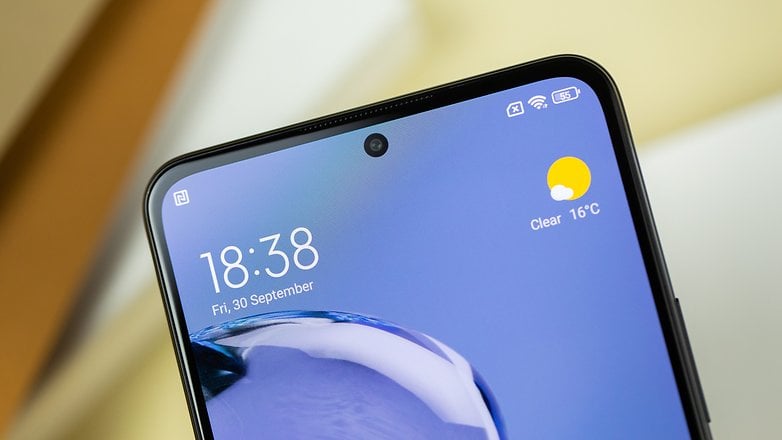
On the colorimetry side, it's still a bit too saturated by default. But MIUI 13 offers a lot of settings. And with the advanced P3 mode, I find the calibration quite perfect.
The screen of the Xiaomi 12T Pro is also capable of displaying a maximum brightness of 900 nits. But these 900 nits are obtained, not in peak as it is usually the case (on a tiny part of the screen) but in HBM (High brightness mode). In typical (typ), the brightness is 500 nits. These scores are quite respectable and I have not yet noticed any concern about readability or reflectance.
Interface/OS
The Xiaomi 12T Pro runs on MIUI 13, Xiaomi's latest Android 12-based skin, and the smartphone benefits from Xiaomi's new update policy with three Android versions and four years of guaranteed security updates.
For this section, I invite you to check my full MIUI 13 review, my Xiaomi 12X review, or my Xiaomi 12 Lite review. Nothing has changed on the Xiaomi 12T Pro, with the only new features being the photo modes known as ProFocus and ProCut that I did not manage to find in the camera application. I will dive into greater detail about them in my full review.
Performance
The Xiaomi is powered by a Snapdragon 8+ Gen 1 SoC from Qualcomm. Using the 4nm manufacturing process, this processor is one of the high-end and most powerful SoCs on Android smartphones today. This SoC is mated to 8GB of LPDDR5 RAM and 256GB of UFS 3.1 storage.
What I liked:
- Waiting for the full review.
What I disliked:
- Waiting for the full review.
The initial benchmarks I ran obviously showed very good scores in terms of raw power. 3DMark's Wild Life test (which simulates gaming usage for 1 minute) was "maxed out", which means the Xiaomi 12T Pro is too powerful.
However, I'm still cautious and waiting to run my battery of tests, especially with 3DMark's Wild Life Stress Test benchmark to see how the Xiaomi 12T Pro performs in terms of stability and thermal throttling.
In any case, I was able to run Apex Legends Mobile at 60 FPS without any framerate loss. But we'll have to see if the smartphone overheats on long gaming sessions though.
Photo quality
The Xiaomi 12T Pro features a triple camera configuration at the back with a 200 MP primary lens, an 8 MP ultra-wide angle lens, and a 2 MP macro lens. As for the selfie camera, it offers 20 MP resolution.
What I liked:
- Very good photo quality with the 200 MP main lens.
- Effective zoom.
- Good selfies.
- Video up to 8K at 30 FPS.
What I disliked:
- Please stop including the 2 MP macro sensor!
- The disappointing ultra-wide angle lens.

Well, I'll save my rant about the integration of a damn 2 MP macro sensor in an $800 smartphone for my full review.
Apart from that, the sample photos that I took yesterday that looked quite decent, I just have a little bit of trouble understanding the relevance of such a high 200 MP resolution. It's mostly the rather large physical size of the 1/1.22" sensor that is interesting.
In any case, by default, the Xiaomi 12T Pro takes photos using a pixel binning process of 16-in-1. Hence, the final resolution of your photos would be 12.5 MP (200/16). Theoretically, the level of detail is supposed to be better since the binning combines 16 photos into one to create large pixels of 2.56 μm.
During the day, the camera captures a very good level of detail. The colorimetry is clearly not the most natural, but personally, I don't mind the results. I was surprised by the zoom quality though. Xiaomi talks about an "In-sensor" zoom, which is a zoom inside the sensor. However, it is only available up to 2x magnification. Basically, it's a bit like the 2x zoom of the new iPhone 14 Pro. Xiaomi exploits the high resolution of the main lens to crop/crop the image and zoom in 2x. This is especially useful for portraits, and I found the zoomed photos from the Xiaomi 12T Pro to be better looking than those I took with the iPhone 14 Pro Max.
The ultra-wide angle lens is quite disappointing due to its low resolution. The selfie camera is quite decent and I even found portrait selfies quite clean in terms of cropping. I'll tell you about the low-light performance in my full review and the same goes for video quality.
Just note that the Xiaomi 12T Pro can shoot up to 8K at 30 FPS with the main lens, 4K at 60 FPS with the ultra-wide angle lens, and 1080p at 60 FPS with the front lens.
Battery life
The Xiaomi comes with a large 5,000 mAh battery that accepts 120W wired fast charging.
What I liked:
- Big 5,000 mAh battery.
- 120W wired charging (from 0 to 100% in 19 minutes).
- Charger included in the box.
What I disliked:
- No wireless charging.

On paper, this 5,000 mAh battery should allow the Xiaomi 12T Pro to easily last for more than a day with an average use pattern. It remains to be seen how well the smartphone manages to handle the power requirements of its power-hungry SoC and display.
I have not yet performed a benchmark to test the battery of the Xiaomi 12T Pro, nor have I timed the speed of its fast charging. I will reveal those numbers in my full review very soon.
In any case, Xiaomi guarantees up to 13.5 hours of screen time and a full charge from 0 to 100% in 19 minutes. The 120W charger is also included in the box.
Technical specifications
Direct comparison between Xiaomi 12T and Xiaomi 12T Pro
| Basic model | Pro model | |
|---|---|---|
| Device |
Xiaomi 12T
|
Xiaomi 12T Pro
|
| Image |

|

|
| Screen | 6.7-inch, 20:9, AMOLED, 120 Hz, 2712 x 1220 pixels, 446 dpi | 6.7-inch, 20:9, AMOLED, 120 Hz, 2712 x 1220 pixels, 446 ppi |
| SoC | MediaTek Dimensity 8100 Ultra | Qualcomm Snapdragon 8+ Gen 1 |
| Memory | 8 GB RAM | 128 / 256 GB internal | 8 GB RAM | 256 GB internal |
| Software | Android 12 with MIUI 13 | Android 12 with MIUI 13 |
| Rear photo module | Main lens: 108 MP, 1/1.67", f/1.7 aperture Ultra-wide angle: 8 MP, 1/4", f/2.2 aperture Macro: 2 MP, 1/5", f/2.4 aperture |
Main lens: 200 MP, 1/1.22", f/1.69 aperture Ultra-wide angle: 8 MP, 1/4", f/2.2 aperture Macro Camera: 2 MP, 1/5", f/2.4 aperture |
| Selfie Camera | 20 MP, 1/3.47", f/2.24 aperture | 20 MP, 1/3.47", f/2.24 aperture |
| Battery | 5000 mAh 120W wired charging |
5000 mAh Wired charging 120 W |
| Connectivity | 5G, LTE, Wi-Fi 6, Bluetooth 5.3, USB Type-C, NFC, GPS | 5G, LTE, Wi-Fi 6, Bluetooth 5.2, USB Type-C, NFC, GPS |
| IP rating | no | no |
| Colors | Black, silver, blue | Black, silver, blue |
| Dimensions | 163.1 x 75.9 x 8.6 mm | 163.1 x 75.9 x 8.6 mm |
| Weight | 202 g | 205 g |
| Rating |
|
Xiaomi 12T Pro hands-on |
Conclusion
The Xiaomi 12T Pro arrives just after Samsung's new foldable smartphones and Apple's iPhones were released and right before Google's new Pixel is unleashed.
Xiaomi is playing it smart by launching a high-end smartphone for less than $800. After my hands-on, I found the performance to be rather satisfactory. The screen was perfectly calibrated, the SoC is very powerful on paper, the 200 MP camera module looked to have performed efficiently during the day and the big 5,000 mAh battery recharges at 120 W to provide Xiaomi an undeniable advantage over its competitors.

But when I look at the base Xiaomi 12T which is sold for $150 to $200 less, I wonder if the Pro model really has enough advantages to justify this price difference. Yes, we have a less powerful SoC with the Dimensity 8100 from MediaTek, but it's still very efficient (check out my Realme GT Neo 3 review to learn more). The 200MP lens is also missing in the more affordable handset, but are those enough to make a difference?
I hope to give you a definitive answer in my full test. See you soon.























































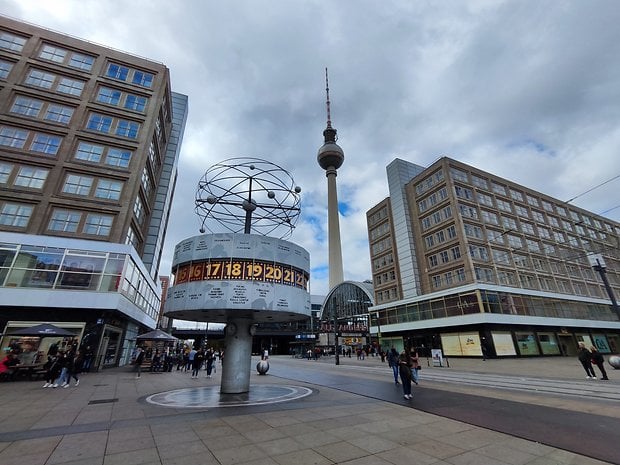













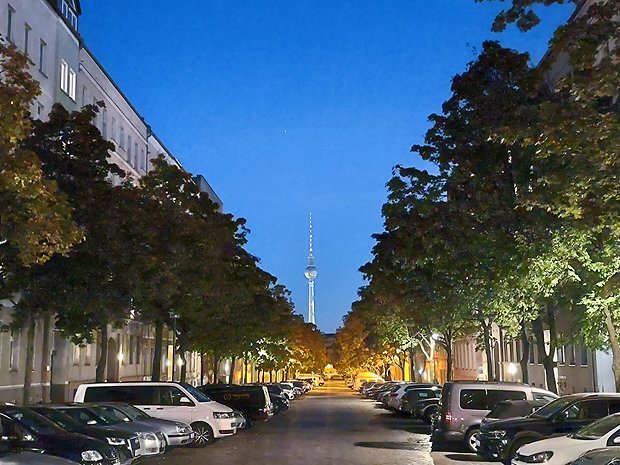
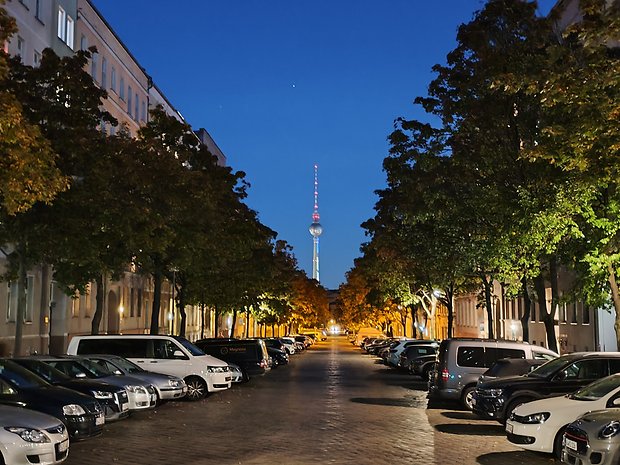












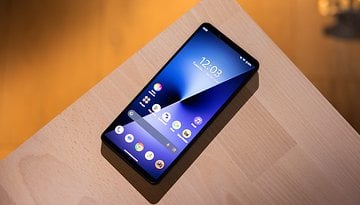



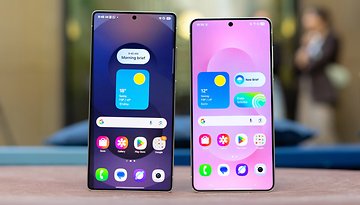
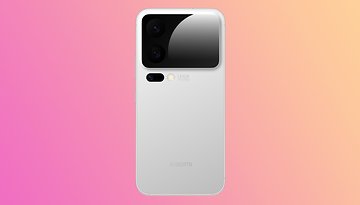


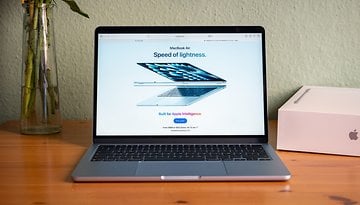





I won't buy it because doesn't have wireless charging and because is too heavy